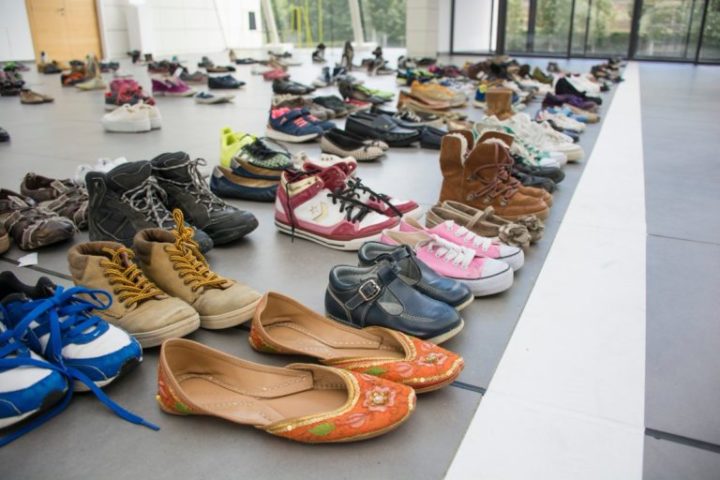
Masum Momaya
Research Fellow, Chicago Council on Global Affairs
Museums have no borders,
they have a network
June 22, 2018
On a cold, rainy February morning in Athens, I sat in a small meeting room at the Melissa Network Center with my fellow participants for the workshop organised by the ICOM International Committee for the Collections and Activities of Museums of Cities (CAMOC). We spoke, mostly through translators, with a small group of women refugees from a handful of different countries. After a day of discussing how our respective museums are addressing migration and hearing from NGO representatives in Greece providing services for refugees, on that day, we were trying to understand the personal journeys of the women we met with.
Why did they leave the places they came from? What have their experiences been since then? How did their day-to-day lives in Greece look like? And what were their goals and hopes for the future? Most of the questions and responses had followed this trajectory of inquiry, until one of my colleagues probed in a hopeful tone: “Would you like to go to a museum?”.
To get to the conference, I, an American citizen of immigrant origin, had left the United States en route to Greece on the day of the executive order banning nationals of seven countries from entering the United States. After landing at my stopover destination, I refreshed my social media feeds, to see images of protests at many American airports with thousands rallying against the #muslimban and offering legal help. The juxtaposition of those protests and the stories we were hearing at Melissa that day underscored the urgency of each of us and our institutions stretching ourselves to do what we could to make the situation better.
From the moment I signed up to attend the CAMOC conference, my mind began to ponder the question: can museums really help refugees? Prior to speaking with refugees, the NGO workers politely suggested that museums could play a role by telling the stories of refugees and perhaps hosting refugee children and adults for visits. But I kept wondering if there was more we do. Upon reflection during and since the workshop, here are my suggestions:
So, can museums really help refugees? Yes. But we must utilize our unique expertise, acknowledge what we cannot do, and collaborate with others to play our meaningful part.
–
CAMOC is a forum for professionals working in or interested in museums about cities. This Committee allows them to share knowledge and experience, exchange ideas and explore partnerships across international boundaries. CAMOC seeks to stimulate dialogue and co-operation between museums by supporting and encouraging them in the collection, preservation and presentation of original material related to the past, present and future of the city, reinforcing the city’s identity and contributing to its development. With close on 300 members from 43 countries, CAMOC carries out projects, runs workshops, publishes and holds meetings with a specific theme in a different city each year.
–
Photograph: For International Museum Day 2017, the Würth Museum of La Rioja in Spain encouraged visitors to bring used shoes, a symbol of their personal journey and their experiences, to create a collaborative exhibit that was later donated to an NGO.
